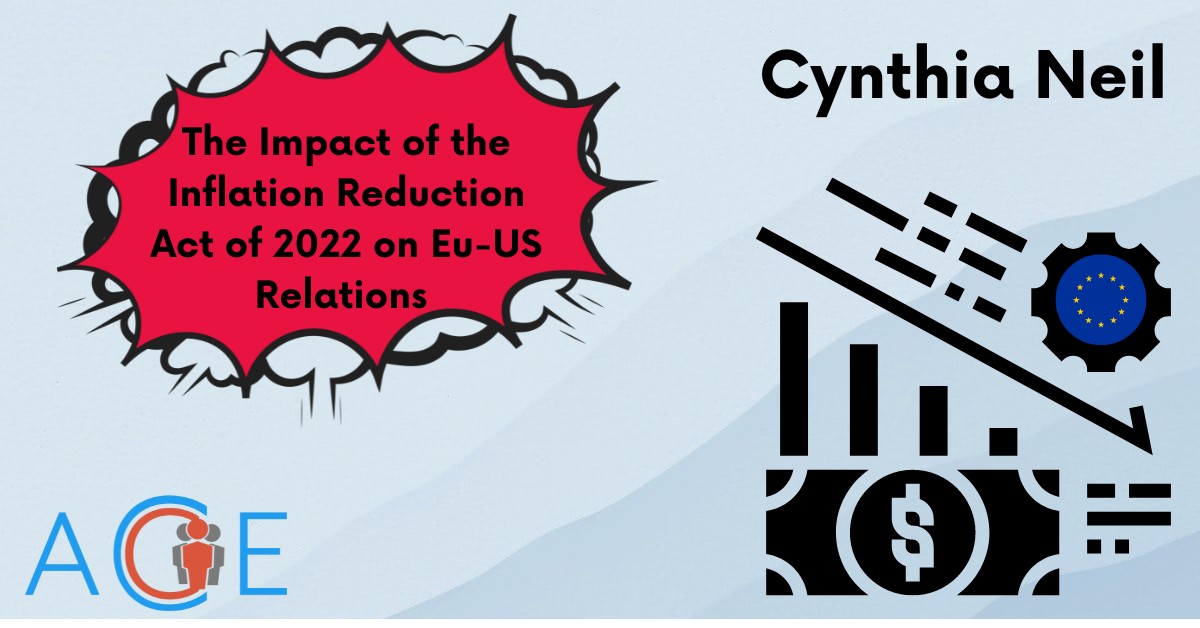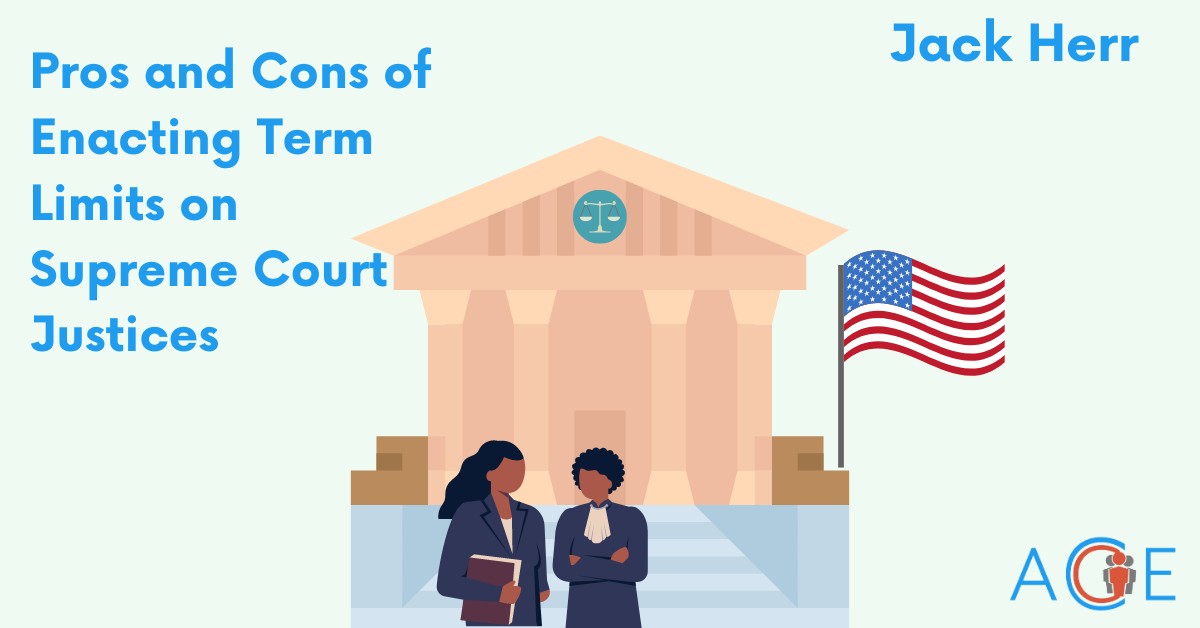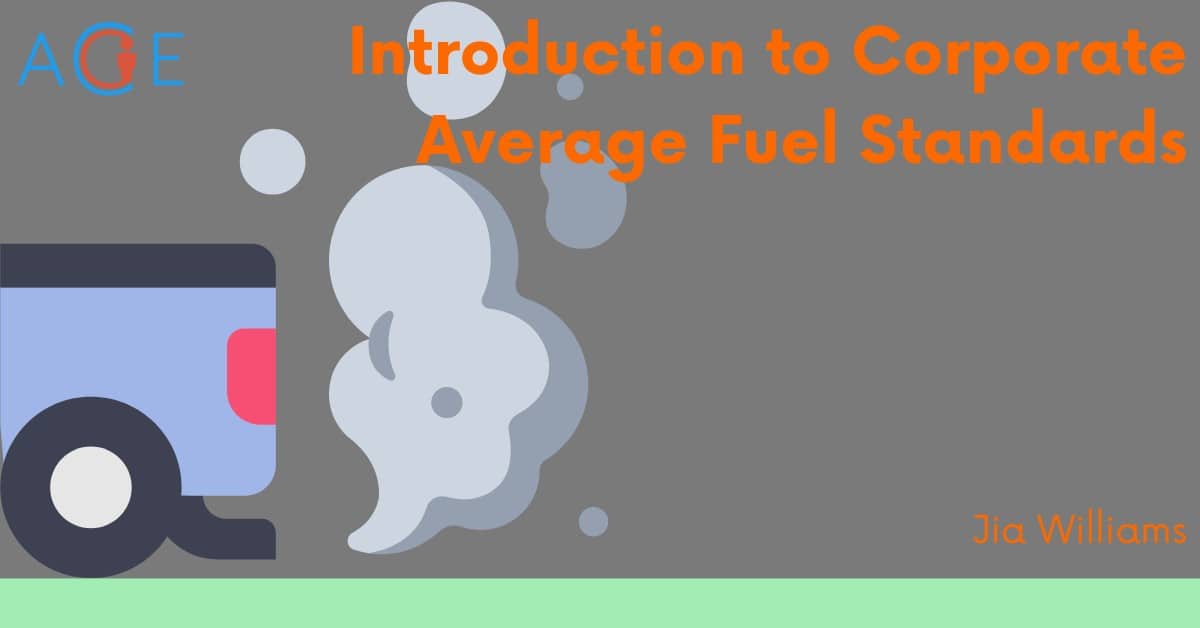What is Surprise Billing?
Surprise billing refers to any unexpected bill received by patients but is especially prevalent with balance billing. Balance billing is the process of billing a patient the remainder of what insurance has not agreed to cover for a medical service or treatment. Even though emergency services are required by law to be provided regardless of ability to pay, surprise bills represent both a perceived and realistic hurdle to patient care due to their long-term financial effects.
The Impact of Medical Debt
Balance bills can range widely in cost, and significant bills can cause patients to go into medical debt and suffer from financial stress. Medical debt is an issue that impacts millions of Americans: in 2017, 19% of American households reported medical debt that could not be paid in full. This debt amounted to an average of $2,000 even in households without regular monthly medical expenses. People with disabilities and low-income families—particularly those on aid programs such as WIC—are disproportionately affected. Additionally, 30% of those with medical debt had difficulty paying for necessities (food, heat, housing, etc.) as a result of healthcare costs. The threat of medical debt may prevent those who require medical attention from seeking care. In 2018, 44% of Americans did not visit a doctor when sick or injured due to cost.
Expanding Care Availability and Affordability
President Biden signed the No Surprises Act (NSA) into law as part of the Consolidated Appropriations Act of 2021. The NSA intends to protect patients from surprise medical bills, and expand the availability and affordability of medical services through the following provisions:
- The NSA prohibits insurers from billing more than the Qualifying Payment Amount (QPA), or the median in-network rate, for emergency services. Services such as air ambulance transportation are included in this but ground ambulances are not.
- Out-of-network services provided at in-network facilities can only be charged at the median in-network rate. This protects patients from receiving surprise bills when they do not select who provided their care.
- The NSA establishes a notice system that requires that patients be aware of the approximate cost of out-of-network services before receiving care. This estimate explains the entire cost of the service and what the patient would be expected to pay, ensuring that patients are informed and free to choose between in-network and out-of-network care. Previously the equivalent service of Good Faith Estimates from the Affordable Care Act was available upon request, but these are now required in all cases.
- The NSA establishes a third-party dispute process for both patients and healthcare providers, intending to remove patients from medical billing disputes. These third-party mediators consider factors such as the “usual and customary rates” for the services, and will then propose what they consider a fair and reasonable payment amount. Nonetheless, this Independent Dispute Resolution (IDR) process is currently the subject of legal discourse due to issues relating to administrative law and its potential effects on healthcare providers.
Concerns and Legal Delays
The Independent Dispute Resolution (IDR) system has consequences for both healthcare providers and patients. Larger invoices can partially be attributed to the commonplace upcharges for out-of-network services. Studies have shown that physicians collect a higher percentage of the cost when the service is out-of-network. Meanwhile, the IDR is intended to protect patients from extraneous expenses but the process itself charges administrative fees ranging from $50 to $940 per party. The decision of the mediator is not binding, meaning that the insurer may disregard advice and proceed to bill the initial balance. Conversely, success by the mediator could result in lower payments to healthcare providers, potentially reducing available hospital resources and quality of care. Healthcare providers may now decline to render services if they will not be compensated properly.
At least six lawsuits (some having been consolidated) have been discussed in federal district courts over the parameters of the NSA, finding errors in the arbitration (IDR) process and QPAs. Some critics take issue with potential bias in the IDR process as insurers likely have more expertise with specific services and resources, as well as experience in negotiating payment disputes. Furthermore, some critics believe the process will increase premiums while others believe this may incentivize insurers to set falsely lower rates. In response to many of these complaints an interim final ruling was released to clarify the intent of the IDR process. In February 2023, a federal judge ruled in favor of the Texas Medical Association (TMA) in its lawsuit against the Department of Health and Human Services, stating the “core administrative-law principle that an agency may not rewrite clear statutory terms to suit its own sense of how the statute should operate,” in reference to the clarifications previously made over the IDR process. The TMA received notable support from the American Hospital Association and American Medical Association, among others, who agree that using only QPAs does not properly give weight to the compensation practitioners deserve. The most recent decision means that QPA’s are not the sole consideration in mediation, but these lawsuits are ongoing and decisions may continue to change.
Conclusion
The No Surprises Act is intended to protect patients from surprise bills in scenarios out of their control. Yet the bill itself is in legal discourse due to the wording of the dispute resolution process. Its impact on physician and hospital funding is still to be resolved, but overall, the Act has already made progress in reducing unexpected medical bills as intended.









